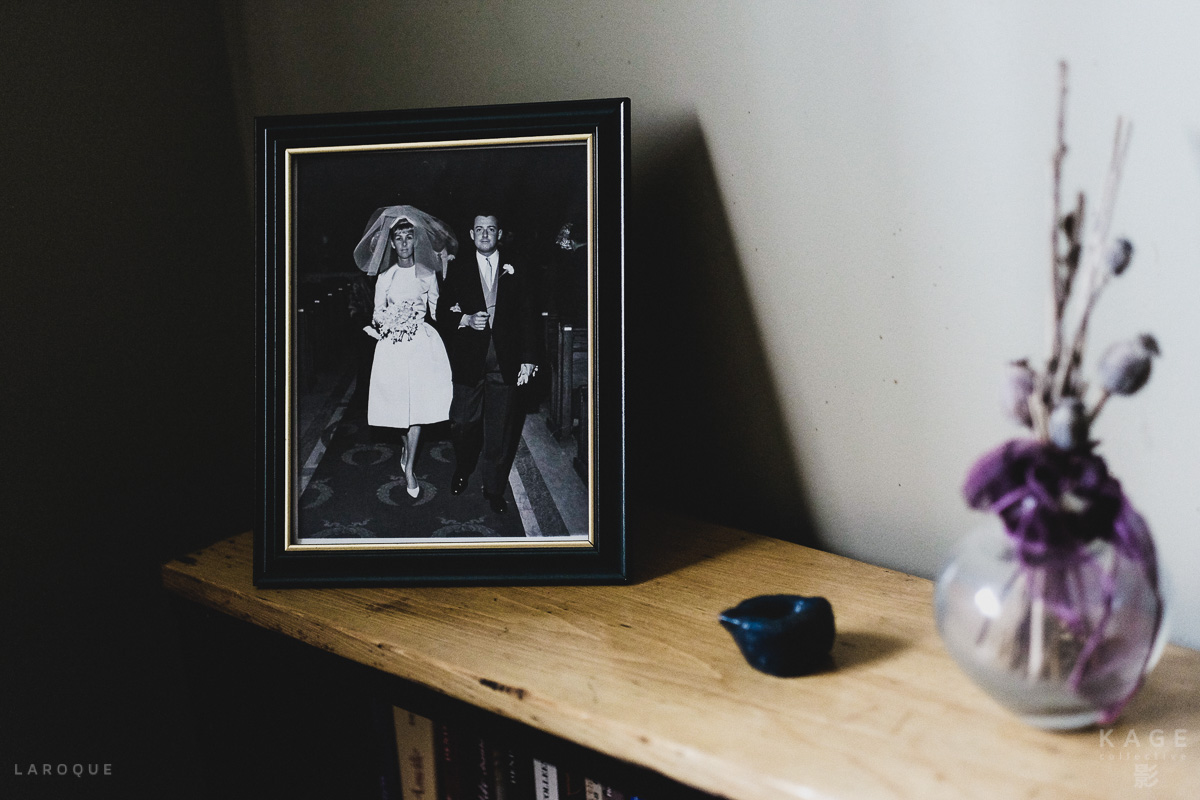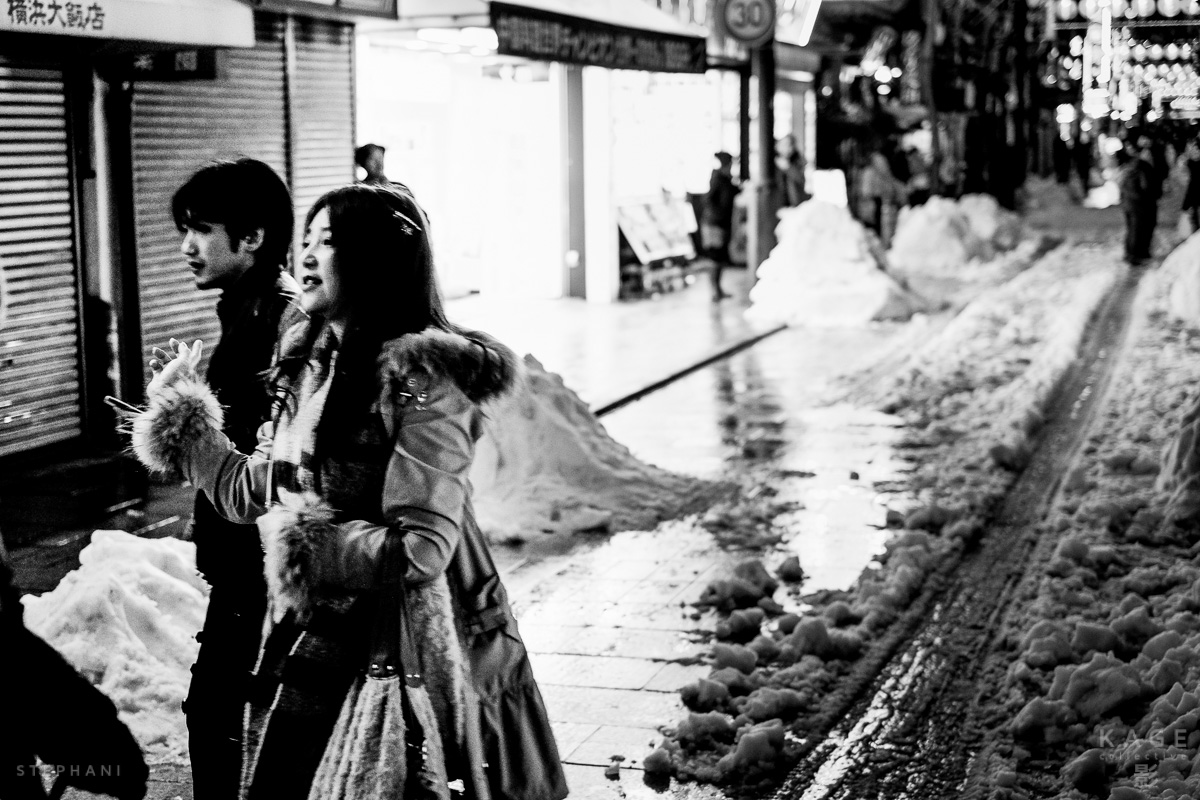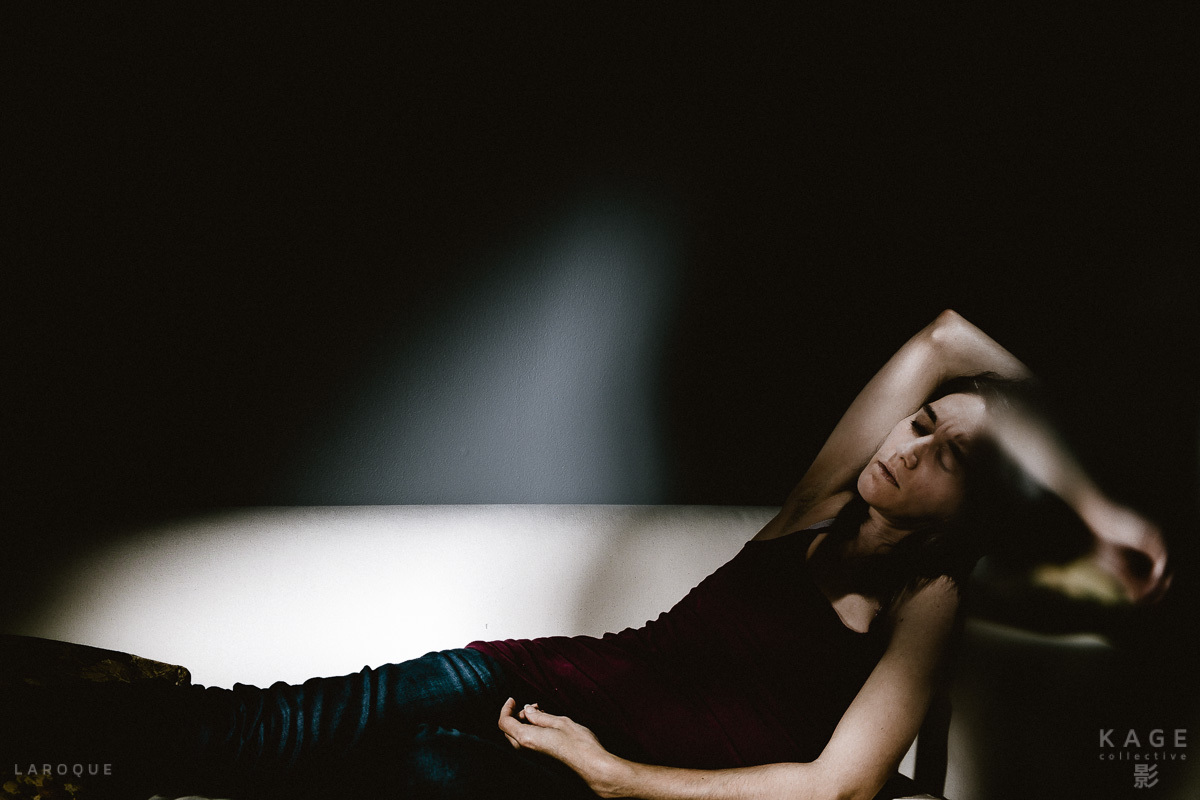A lot has changed in the past two years: we've gone from 4 to 8 members, we've solidified our alliance as a group and all of us have grown tremendously both personally and professionally, inside or outside of this collective. And even though many of the things we're introducing have been on the table since the first moment we began this conversation, only now does it make sense to put these in place and offer them as part of the concept. We needed that growth and we needed that time for all of it to be possible.
With today's communication tools it's trivial to get a bunch of people together on a website and call it a collective — I guess on some level it's perfectly legitimate too. But in my mind that's not what it should be about. A collective implies an actual ongoing conversation where everyone gets his/her say, where every member participates in the decision process and the direction of the project as a whole. It needs to be about a continuous exchange of ideas. The KAGE COLLECTIVE was built from day one on discussions, photography and cohesiveness; on visual and philosophical coherence within the group. Which is why we'll never add new members every other week or strive to "get" as many photographers as possible. We're not and will never be in it for numbers — we prefer to be relevant, to ourselves as well as to others, at least as much as we can. Beyond the visual redesign, many of the new features/sections we're introducing come from some rather intense internal brainstorming sessions and all of them reflect a very strong group identity on which we wish to build the future.
The most obvious addition to the site is this new blog you're currently reading called CHRONICLE. We didn't pick the name lightly: we intend to go in all sorts of directions with this one. Yes, we'll be writing some technical articles, reviews and tips etc... But we mostly want this to be a journal ON and ABOUT Photography — capital P; as an idea, a concept and a journey. We want to explore why we do what we do, not just how. We'll write about shoots and share backstories; we'll look at the landscape of the photographic world and share thoughts and reflexions, the sort of thing we already engage in within the group. Basically, we'd like this to be a glimpse into our thought process — which hopefully will turn out to be a somewhat interesting read for you guys out there ;)
If you're a regular visitor, you've probably noticed changes to the way the site is now organized:
- The front page is now solely dedicated to presenting the project. It includes a contact form: if you feel like getting in touch, that's the place to do it.
- Stories now have their own dedicated magazine-style page that includes an updating grid view of all stories published so far.
- Our personal blog posts, @kagecollective tweets and Flipboard mag are now part of the Chronicle homepage.
- We now offer two different RSS feeds (available on the Chronicle homepage): KAGE Posts & Stories offers updates to both the Chronicle blog and the Stories section. KAGE Uber offers this same content plus updates to all our individual blogs.
Overall we've tried to consolidate the various features into sections that made sense, instead of laying everything out on the homepage. Events and Publications are new sections that reflect some of those changes we've undergone in the past years and a global Workshops page will soon follow. On this front, look for much closer collaboration and cross-projects coming in the near future.
I can tell you we're very excited about the challenges ahead and the plans we've laid out, and we hope you'll be part of the journey. Most of all, we're excited about keeping ourselves busy being born.
Welcome to KAGE phase II.






















































































